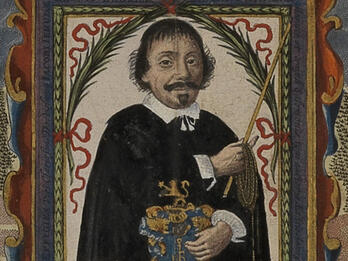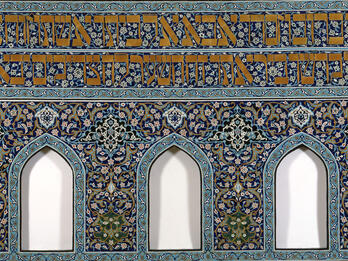Medal of Doña Gracia the Younger
Beatriz Mendes Beneviste (Doña Gracia the Younger) was born in 1540 in Antwerp. She was the niece of the wealthy and influential Doña Gracia Nasi. In 1544, the family, New Christians of Portuguese origin, fled Antwerp, settling first in Venice and later in Ferrara, Italy, where they lived openly as Jews. After marrying Samuel Nasi, Doña Gracia the Younger and her husband left for the Ottoman Empire. This medal, by the Italian medalist, artist, and glass painter Pastorino de’ Pastorini, was made before they left Italy, when Doña Gracia the Younger was eighteen years old. During the Renaissance, it became fashionable to commission medals imitating the style of ancient Roman coins. Doña Gracia is depicted in bust form, dressed in elegant clothing and adorned with jewelry typical of the period. On the left-hand side of the bust is her name in Hebrew letters, and to the right (in Latin) is her age. This is the earliest-known medal of a Jewish subject with a Hebrew inscription. It is also the only medal with Hebrew lettering known to be produced by this artist.
Credits
Medal of Gracia Nasi the Younger. Gift of the Samuel and Daniel M. Friedenberg Collection / The Jewish Museum, New York.
Published in: The Posen Library of Jewish Culture and Civilization, vol. 5.










